From the Southwest and spreading upward on the drier side of the western states into Canada lives an arthropod which has made a unique contribution to the field of paleontology – the Harvester Ant. Preferring scrub lands and other relatively harsh environments outside of extreme desert, harvester ants build conspicuous mounds of sand grains and pebbles. Their nests can extend 15 feet beneath the earth’s surface and the resulting excavations have sometimes been a boon to fossil hunters who have combed through these mounds looking for the tiny fossils the ants have dredged up. According to “Bugs of Washington and Oregon” by John Acorn and Ian Sheldon the little arthropods were responsible for the discovery of the oldest primate mammal, Purgatorius. Now there’s a nice bit of Formicidae trivia for you.
During a recent trip to Idaho I happened to cross paths with a representative of the species – the Western Harvester Ant, Pogonomyrmex occidentalis. This particular ant is easily and first recognized by their sand pebble mounds. Fairly large as ant hills go, these arthropod pyramids are up to a foot and half tall and cover an area about three square feet completely devoid of plant life. As the name implies these ants are real harvesters, gathering up seeds and bits of vegetation that surround their territory. They’ll gladly pick up dead insects or other tiny creature carcasses they come across as well.
Like all ants the western harvester is an extraordinarily interesting animal to observer. A word of warning, however, for you potential fossil hunters out there – these ants do not take kindly to humans rummaging around in their homes. As you can see from the photos they have a pair of very healthy mandibles and they know how to use them.
HOOAH
Jack

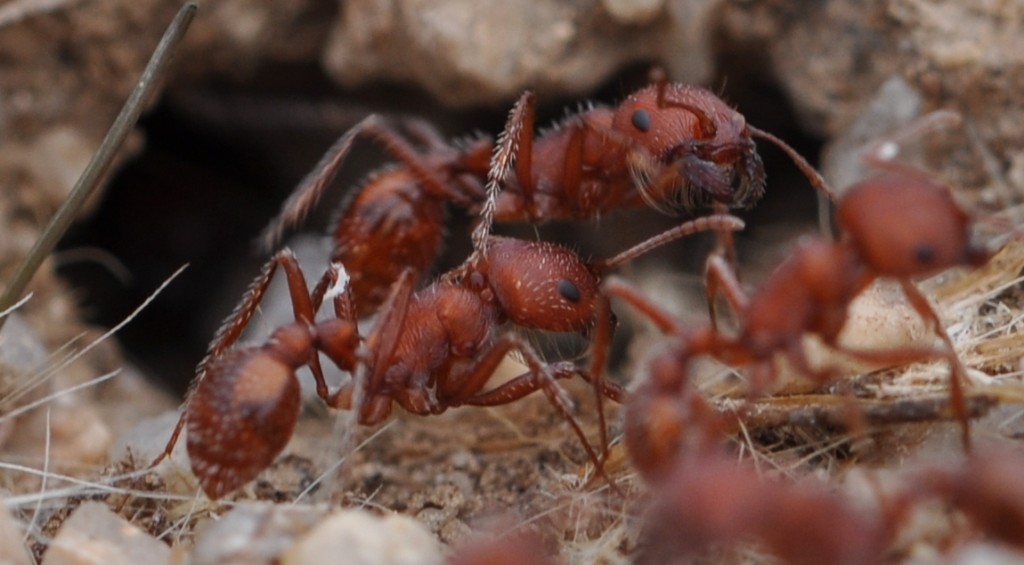
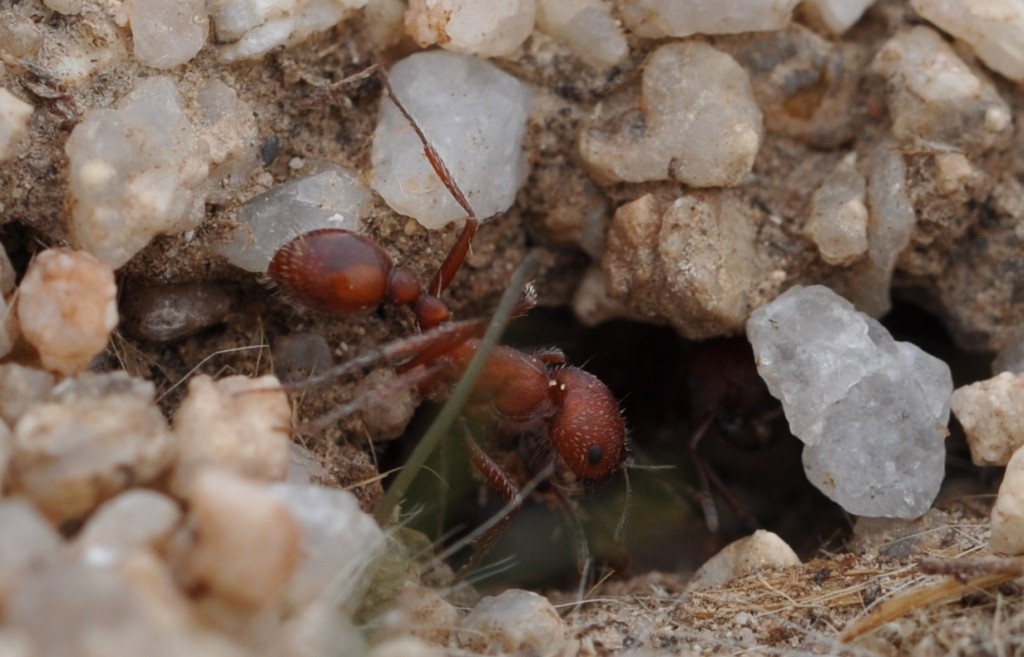
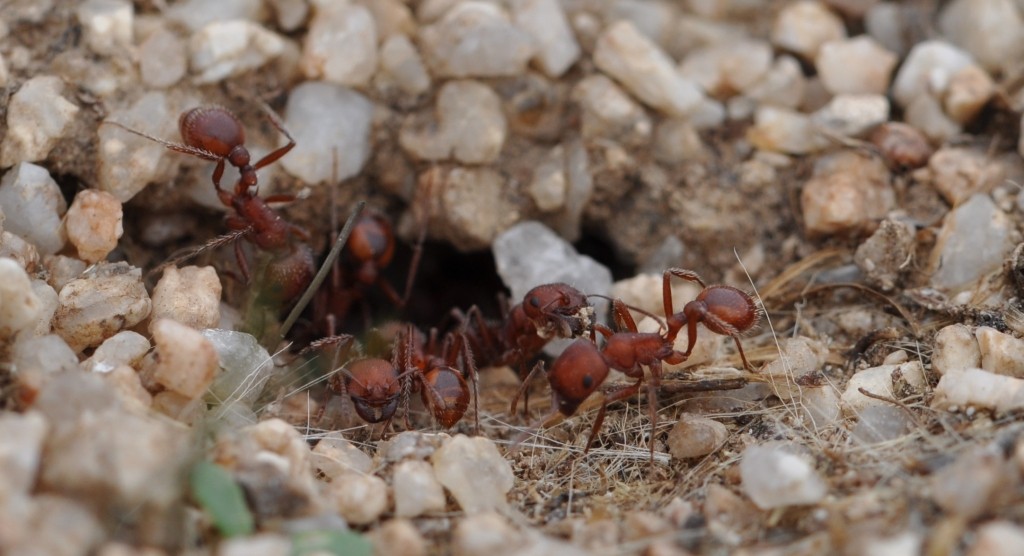
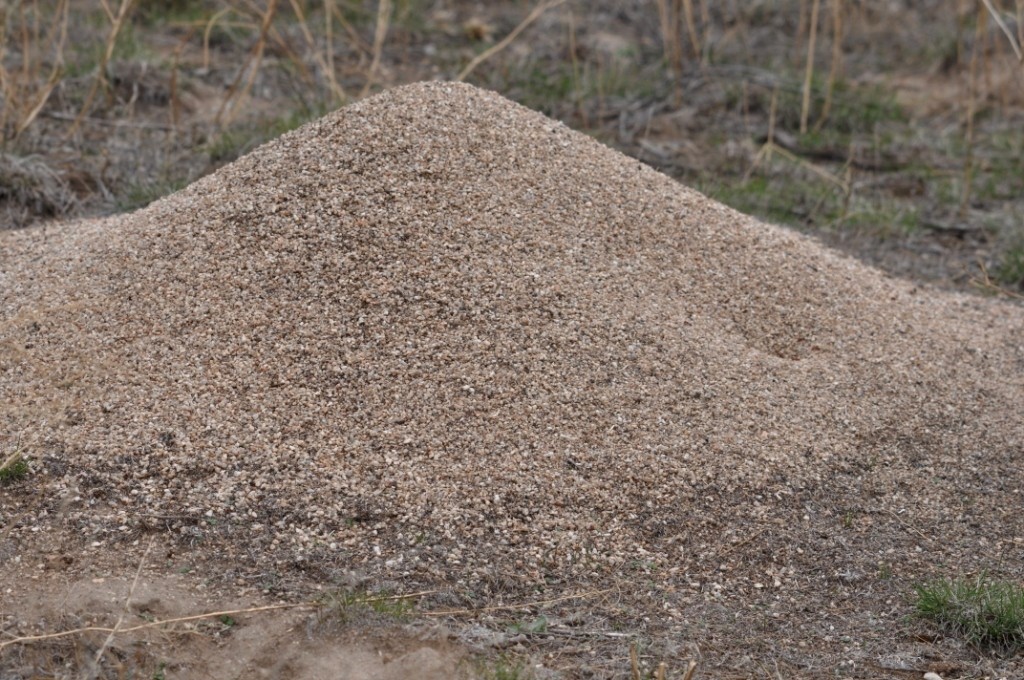
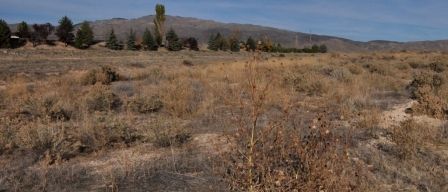
Leave a Reply
You must be logged in to post a comment.